Tech-Driven Property Management: How Automation is Changing Tenant Communication and Service Calls at Immopolis
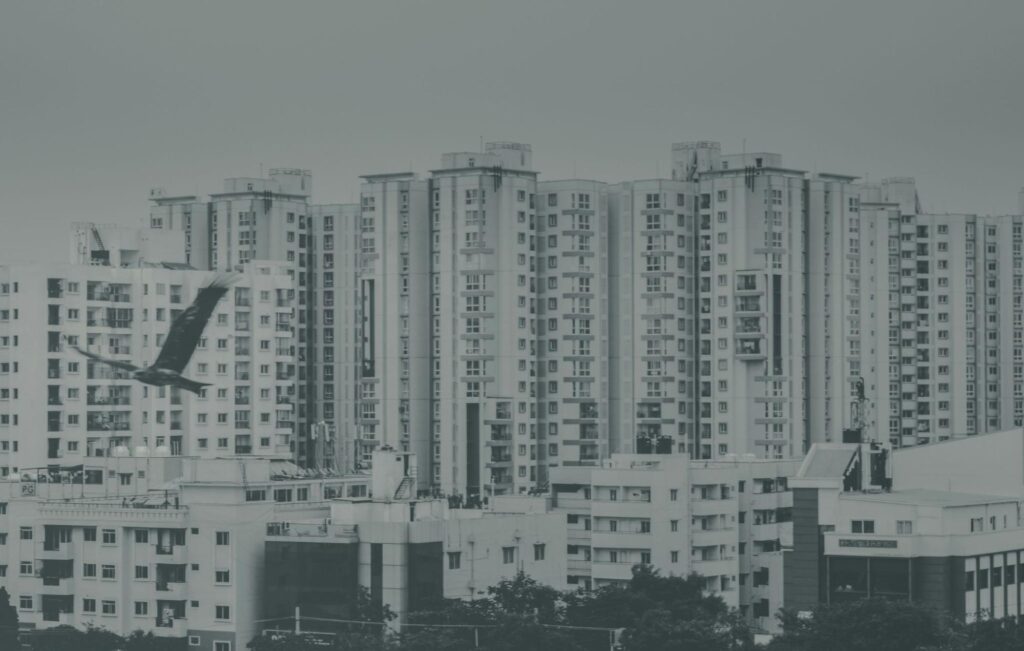
In recent years, the property management industry has undergone a quiet but powerful transformation. From the way rental listings are posted to how maintenance issues are handled, automation and technology are reshaping how landlords and tenants interact. For family-run companies like Immopolis in Montreal’s Mile End, embracing technology has become a way to enhance service without losing the personalized care tenants expect.
This article explores how automation is changing tenant communication and service calls in the rental market, what tools are making the biggest impact, and how these changes are improving both tenant satisfaction and building maintenance.
The Shift from Manual to Digital Communication
For decades, rental property management relied on paper records, physical notices, phone calls, and in-person meetings. While there’s nothing inherently wrong with these methods, they’re often slow and prone to human error. In a fast-paced world, tenants expect quick responses and seamless communication—and that’s where technology steps in.
Email, text alerts, intercom and signing leases electronically have replaced bulletin boards and phone tag. For landlords and property managers, these digital systems help organize tasks, prioritize emergencies, and ensure nothing gets lost in the shuffle.
At Immopolis, communication with tenants is handled efficiently via email, ensuring quick responses to questions, concerns, and service requests. The team values this direct line of communication, as it keeps tenants informed while offering a record of requests and responses—an important feature from both a legal and operational standpoint.
Benefits for Landlords and Tenants Alike
The shift to tech-driven communication and maintenance systems benefits everyone involved in the rental process.
For tenants, the benefits include:
- Fast, clear communication
- Easier access to documents like leases and rent receipts
- Transparent service request tracking
- Less time waiting for issues to be resolved
For landlords and property managers, technology offers:
- Streamlined operations
- Fewer missed or forgotten requests
- Data that can help identify recurring issues
- Better scheduling and staff coordination
Over time, these tools can also help reduce costs. When issues are caught and resolved quickly, larger repairs can be avoided. Preventative maintenance becomes easier to schedule and track, ensuring that properties remain in good condition, which is a central goal for companies like Immopolis.
Integrating Technology Without Losing the Human Touch
One concern some landlords have is that technology might make interactions feel cold or impersonal. But when done right, automation can actually enhance the human side of property management.
For example, automated tools can handle routine tasks—like rent reminders or appointment scheduling—freeing up time for property managers to focus on building stronger relationships with tenants. Instead of spending hours organizing maintenance logs, managers can proactively check in on tenant satisfaction or address specific concerns with care.
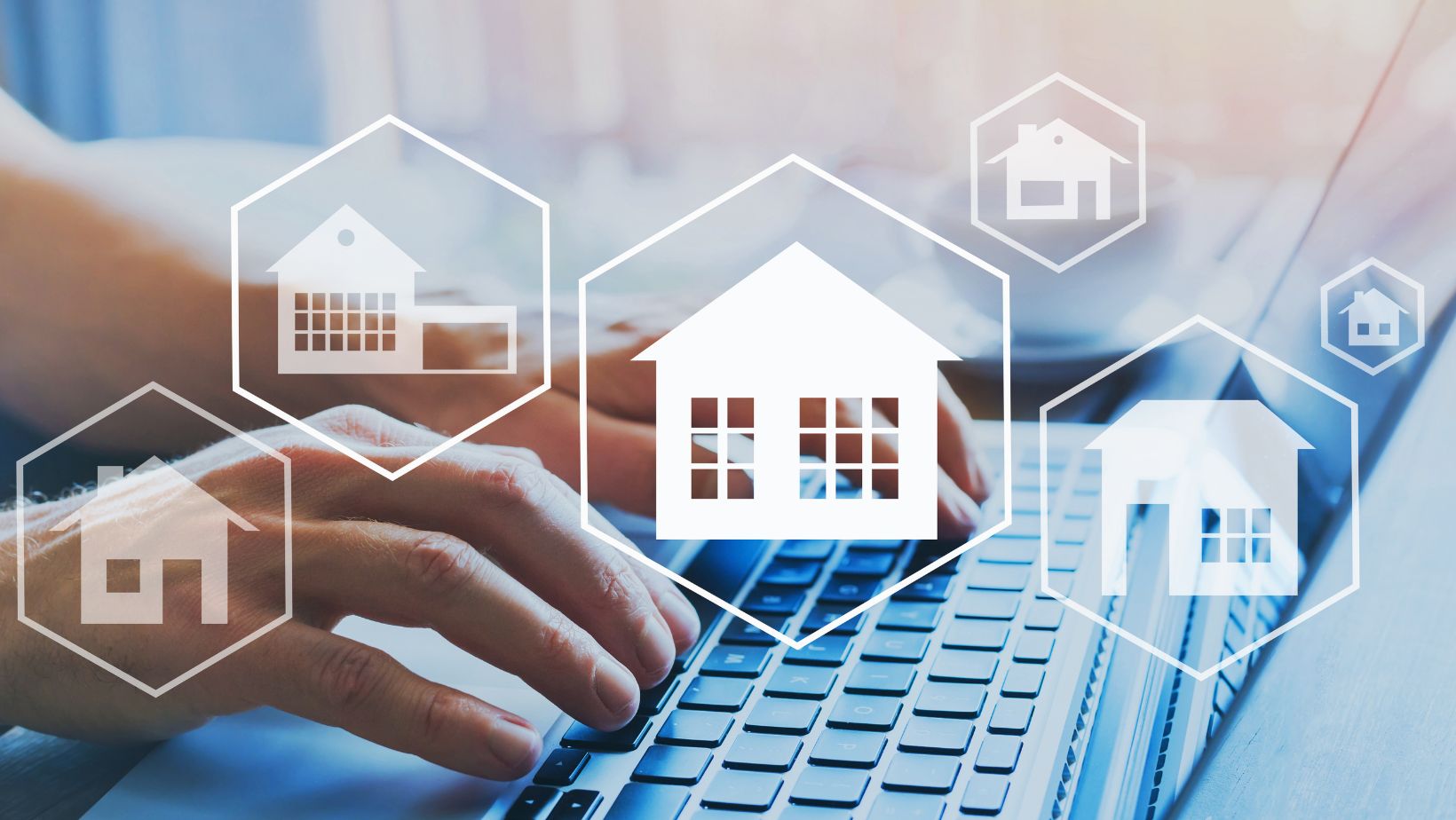
In Montreal’s tight-knit neighborhoods like the Mile End, where many tenants value community, this balance is essential. Immopolis blends efficient systems with a personal, responsive approach. Tenants know their concerns will be addressed quickly—not by a faceless call center, but by people who genuinely care about the condition of the building and the comfort of the tenants.
Challenges and Considerations
While automation offers many advantages, it’s not without its challenges. Privacy, data security, and accessibility must all be considered when adopting new systems.
Not all tenants are comfortable with apps or online platforms, so alternative communication options should remain available. At the same time, any software used should be compliant with privacy laws and ensure that tenant data is securely stored and not misused.
For smaller businesses, cost can also be a factor. However, many cloud-based tools offer scalable pricing, allowing companies to start small and add features as they grow. It’s important to choose platforms that are user-friendly and reliable, as switching systems later can be costly and disruptive.
Looking Ahead: The Future of Property Management
The use of automation in property management is only going to increase. As artificial intelligence, smart home devices, and Internet of Things (IoT) technologies become more integrated into daily life, tenants will expect these features in their homes as well.
Imagine maintenance systems that can detect a water leak before a tenant even notices, or smart locks that allow secure package delivery when the tenant isn’t home. These are not far-off ideas—they’re already being tested and implemented in modern apartment buildings across North America.
For property owners and managers, staying updated on these trends is essential—not just for marketing appeal, but for long-term sustainability. Buildings that embrace innovation are more attractive to tenants and better equipped to handle the challenges of modern living.
Conclusion
Technology is changing how we live, work, and communicate—and property management is no exception. For companies like Immopolis, embracing automation has helped improve service, simplify communication, and enhance tenant satisfaction, all while maintaining the integrity and responsiveness of a family-run business.
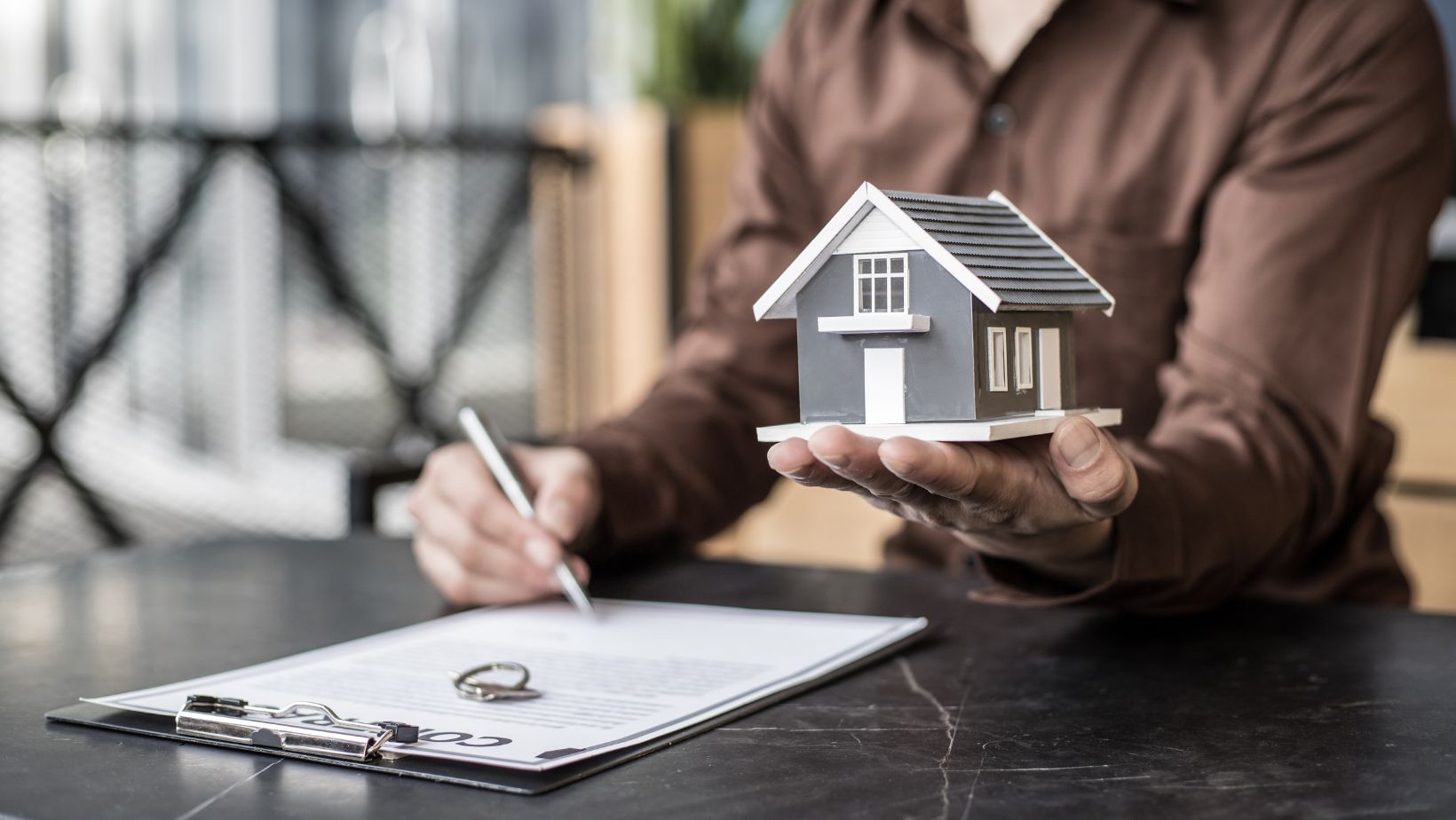
The key is not to replace human interaction, but to use technology as a tool to support and strengthen it. With the right balance, tech-driven property management can create better experiences for tenants, more efficient systems for landlords, and stronger communities overall.

 Opulent Places Around the World that Homeowners Can Draw Inspiration From
Opulent Places Around the World that Homeowners Can Draw Inspiration From 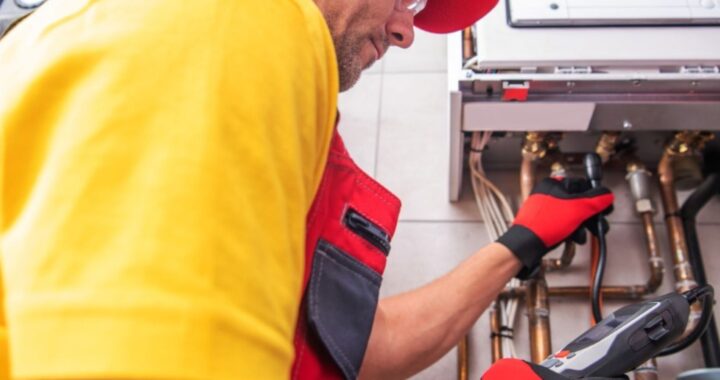 How Often Should You Book a Tankless Water Heater Service in Georgetown?
How Often Should You Book a Tankless Water Heater Service in Georgetown? 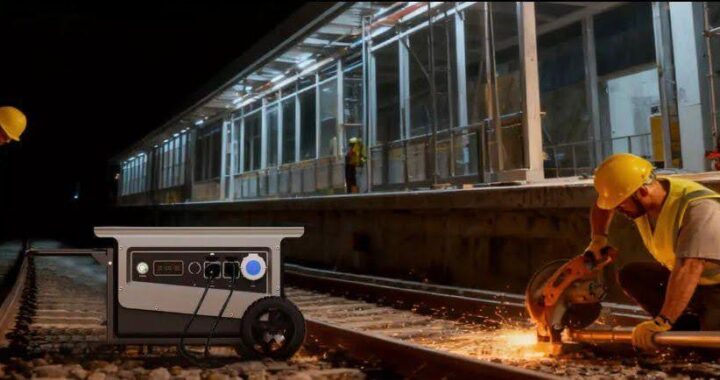 How Can Industrial Power Station Choose Compliant and Economical Emission Reduction Paths?
How Can Industrial Power Station Choose Compliant and Economical Emission Reduction Paths?